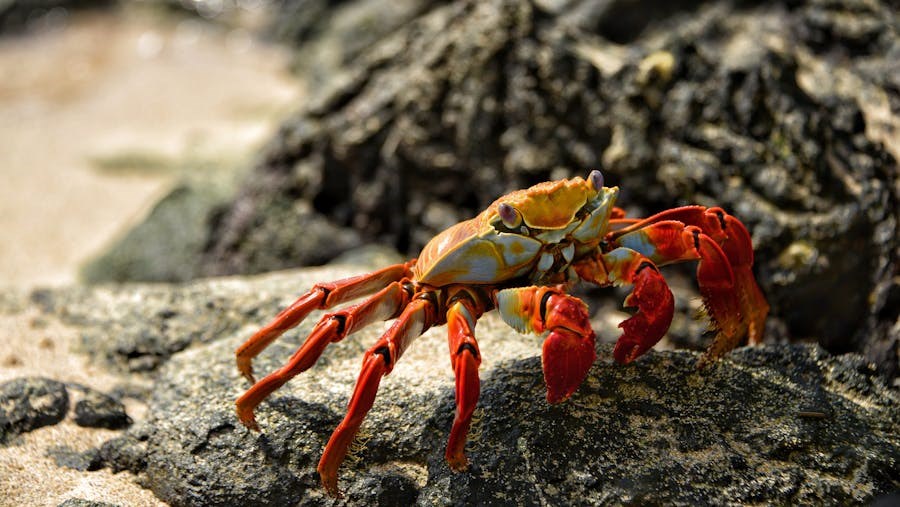
by Rhode Island Sea Grant | Dec 3, 2025 | News, Research, Sustainable Seafood
Over 1,000 tons of microplastics have accumulated in the top five centimeters of the seafloor in Narragansett Bay. This puts seabed-dwelling organisms—and the predators that rely on them—at growing risk of exposure. With support from Rhode Island Sea Grant, University...
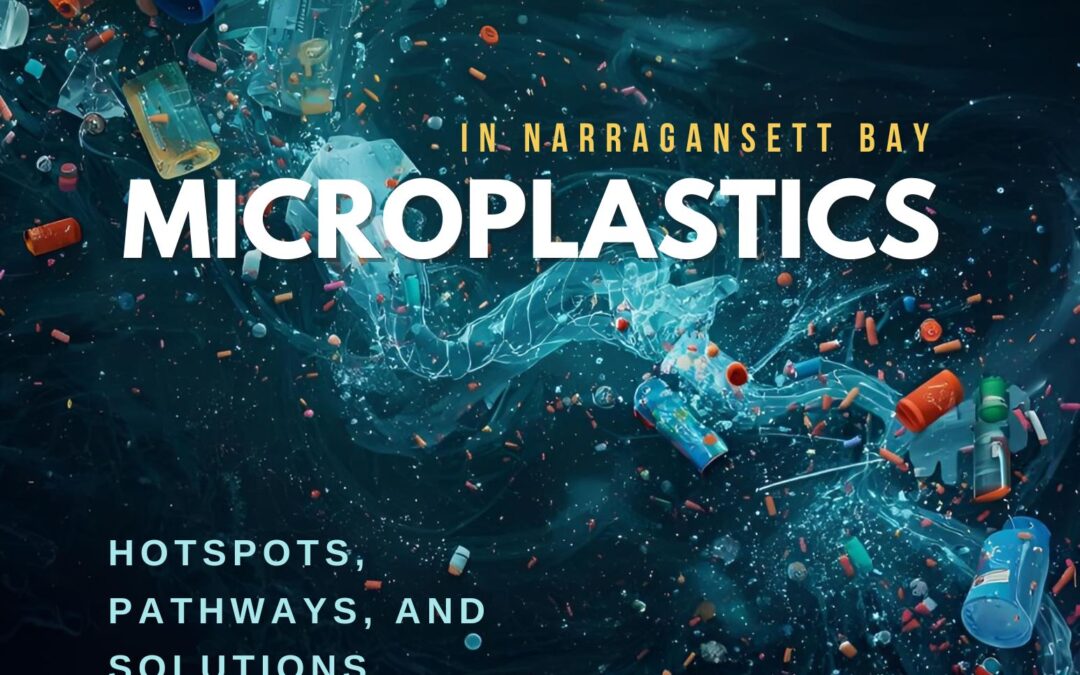
by Rhode Island Sea Grant | Nov 30, 2025 | Coastal State, News, Research
New URI research offers a clearer picture of how pollution travels through the estuary. Microplastics are everywhere in coastal waters—from tiny fibers shed by clothing to fragments of degraded packaging. But their abundance isn’t uniform across a place as dynamic as...
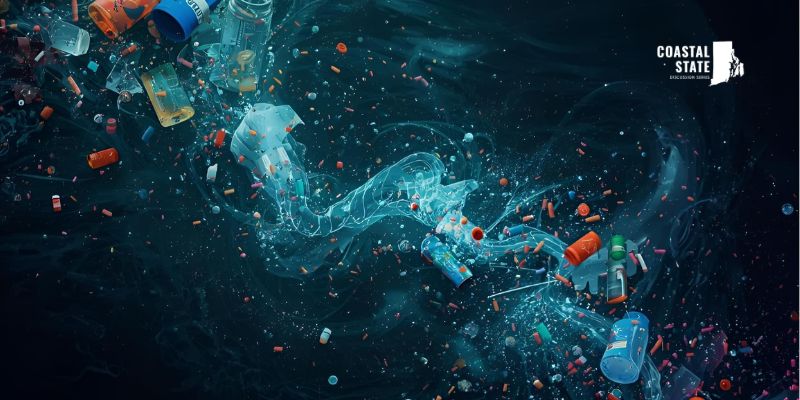
by Rhode Island Sea Grant | Oct 16, 2025 | Coastal Communities, News, Research
Microplastics have become a defining pollutant of our time—now detected from polar ice cores to human bloodstreams. These microscopic fragments, fibers, and beads—smaller than five millimeters and often invisible to the naked eye—form as common plastics break down...
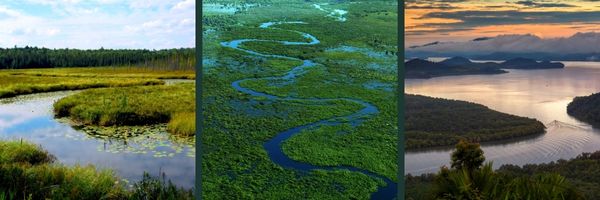
by Rhode Island Sea Grant | Sep 10, 2025 | News, Research
When we think about life on Earth, we might picture scenes from a BBC Planet Earth special—vast rainforests, grasslands, or blue oceans. Yet a new study reveals how the “in-between” spaces—lakes, rivers, wetlands, estuaries, and continental shelves—are...
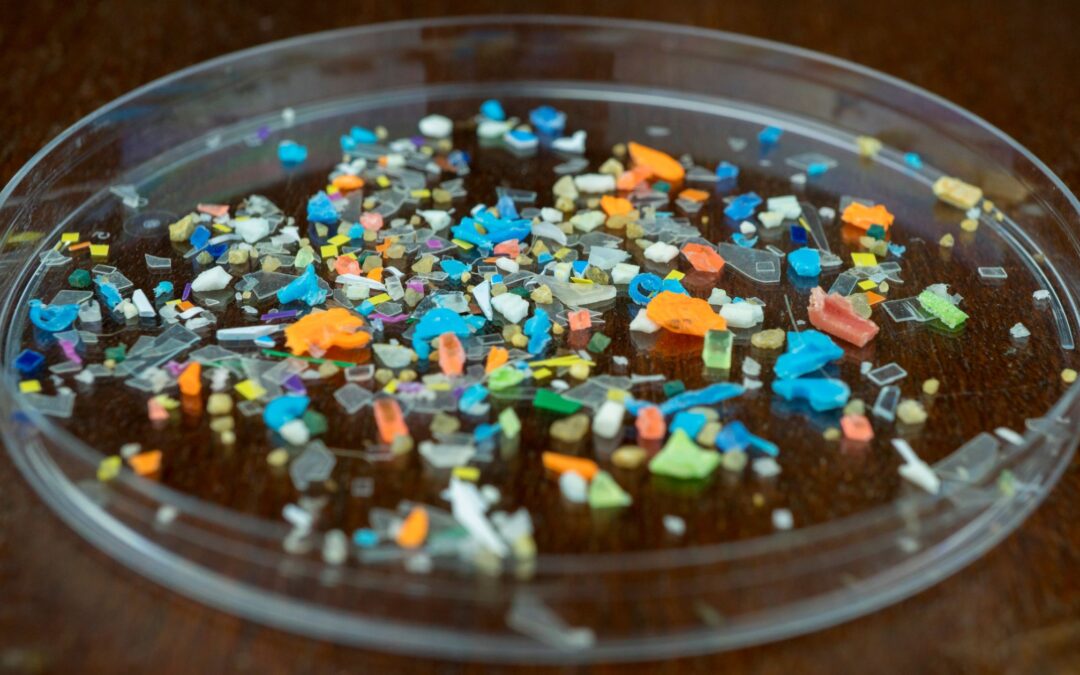
by Rhode Island Sea Grant | Sep 2, 2025 | Coastal Communities, News, Research
Earlier this summer, a first-of-its-kind study, funded by Rhode Island Sea Grant, mapped the movement and accumulation of microplastics in Narragansett Bay, finding the highest concentrations near urban centers, which are shaped by river runoff and wind patterns. Read...
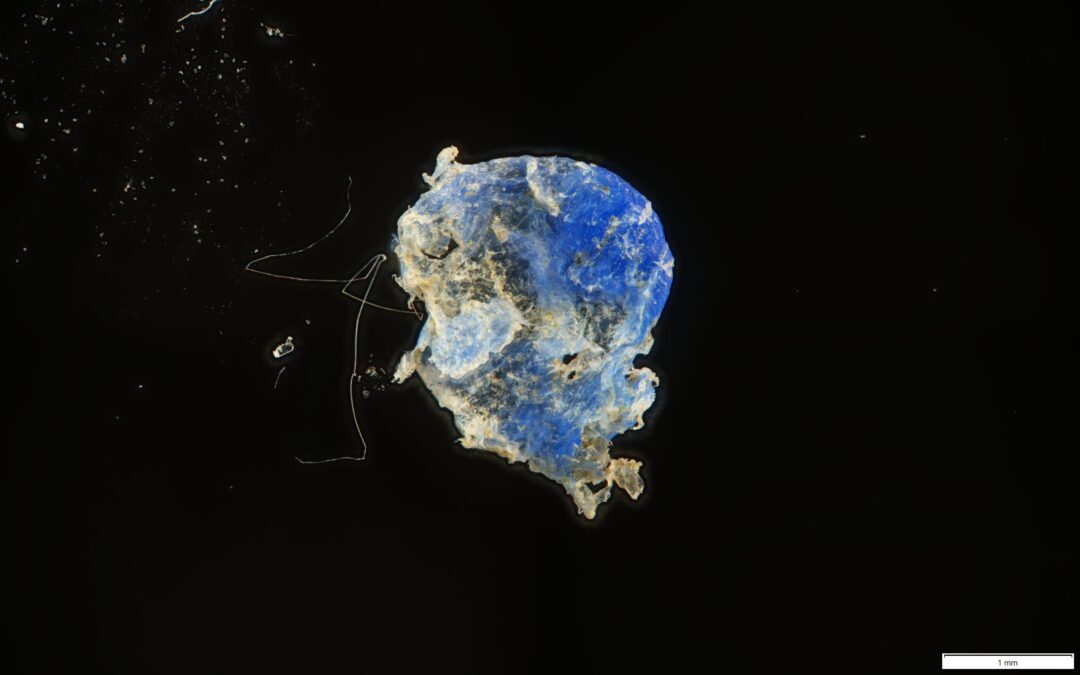
by Rhode Island Sea Grant | Jul 9, 2025 | Coastal Communities, News, Research
From plastic straws and bottles to food containers and bags, there are the obvious signs of plastic pollution along our coastlines. But once they break down into tiny fragments—known as microplastics—they’re nearly invisible, yet still pose risks to marine life,...







